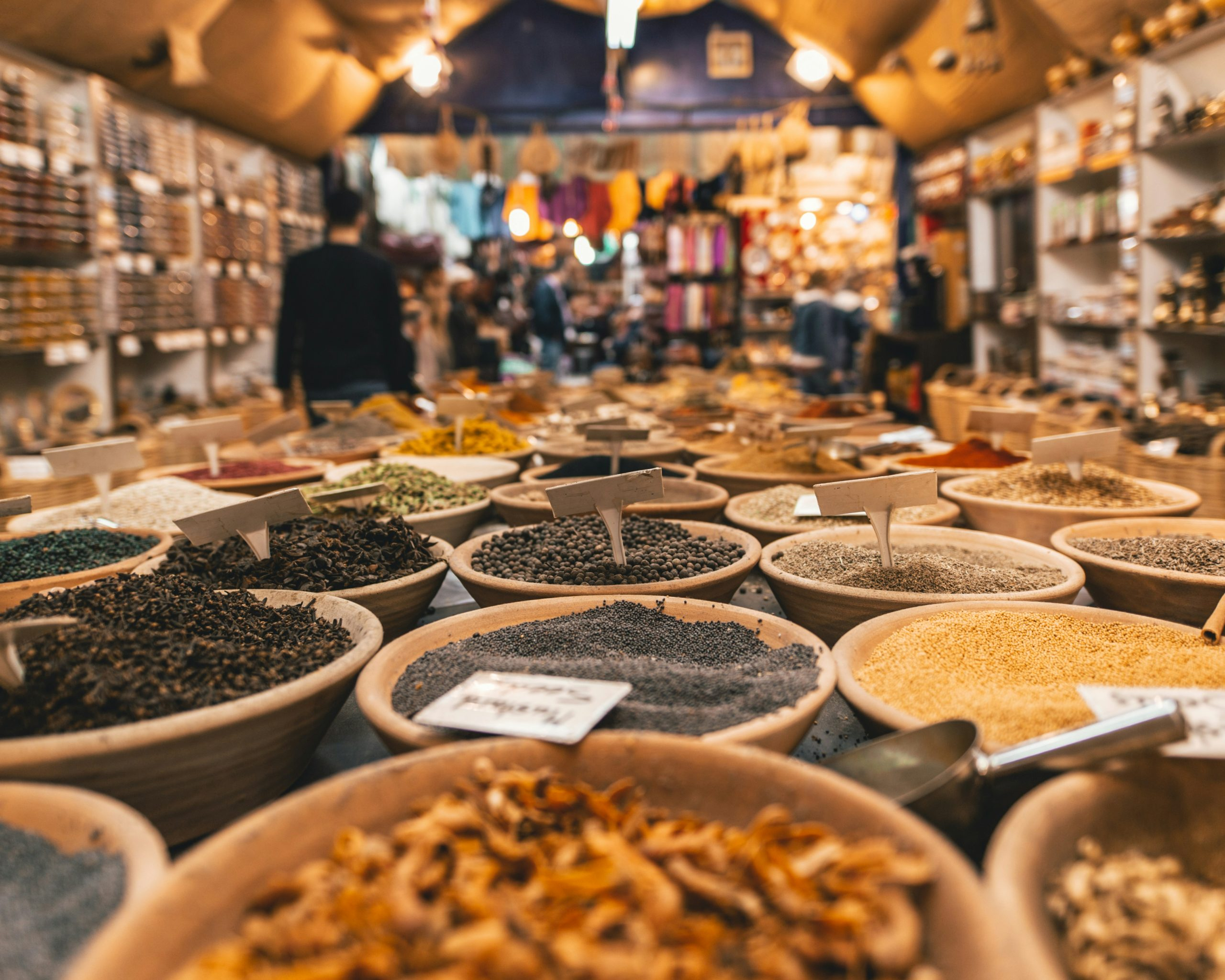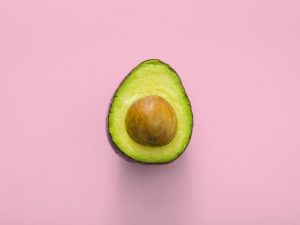Seasoning 101: Elevating Your Dishes with the Right Spices
When it comes to cooking, it’s not just about following a recipe. It’s about understanding the different ingredients and how they work together to create a dish that is bursting with flavor. One of the most crucial components of a dish’s flavor profile is the use of spices. While salt and pepper may be the go-to seasonings for many, there is a whole world of spices out there waiting to elevate your dishes to new heights. In this article, we will explore the basics of seasoning and how to use the right spices to transform your home-cooked meals into restaurant-worthy dishes.
The Importance of Seasoning
Seasoning is the process of adding flavor to food through the use of herbs, spices, and other ingredients. It plays a vital role in cooking as it enhances the natural flavors of the ingredients and creates a harmonious blend of tastes. Without proper seasoning, a dish can be bland and lack complexity, while too much seasoning can overpower the flavors and taste unpleasant.
There is no one-size-fits-all approach when it comes to seasoning. The amount and combination of spices used will vary depending on the dish and personal preference. However, understanding the different types of spices and their flavor profiles is key to creating a well-seasoned dish.
The Basics of Spices
Spices are derived from plants’ roots, seeds, bark, and fruits and are used to add aroma, color, and flavor to foods. They come in various forms, including dried whole, ground, and blends, and each has its unique flavor. Here are some of the essential spices every home cook should have in their pantry.
1. Salt
Salt is perhaps the most well-known and commonly used spice. It is used to enhance the flavor of food and bring out the natural sweetness in ingredients. There are different types of salt, such as sea salt, kosher salt, and table salt, all of which have different levels of salinity. It’s important to note that a little salt goes a long way, so be cautious when adding it to your dishes.
2. Pepper
Pepper is another staple spice used in most kitchens. It adds a sharp, spicy flavor and brings warmth to dishes. There are many varieties of pepper, including black, white, and red, each with its unique taste and heat level. Ground black pepper is the most commonly used, but whole peppercorns can be ground using a pepper mill for added freshness.
3. Cumin
Cumin is a warm, earthy spice that is commonly used in Latin American, Middle Eastern, and Indian cuisines. It has a nutty, peppery flavor and adds depth to dishes. Cumin is often used in spice blends, such as curry powder, and is also delicious when used on its own to season proteins, vegetables, and soups.
4. Paprika
Paprika is a vibrant red spice that adds color and flavor to dishes. It has a sweet, smoky taste and is commonly used in Hungarian and Spanish cuisines. Paprika is great for seasoning meats, vegetables, and adding flavor to dips and spreads.
5. Garlic Powder
Garlic powder is a handy spice to have in your kitchen, as it adds a punch of garlic flavor without the hassle of mincing fresh garlic. It has a sweet, pungent taste and is often used in seasoning blends, marinades, and sauces. Garlic powder also adds depth to soups, stews, and roasted vegetables.
The Art of Combining Spices
While each spice has its unique flavor, combining them can create a more complex and flavorful dish. The key to successful spice combinations is to know which spices go well together and in what proportions. Here are some classic spice blends that are easy to make and are great for adding flavor to dishes.
1. Italian Seasoning
Italian seasoning is a blend of dried herbs such as oregano, basil, rosemary, and thyme. It is versatile and can be used in a variety of dishes, such as pizza, pasta, and roasted vegetables.
2. Cajun Seasoning
Cajun seasoning is a blend of spices, including paprika, cayenne pepper, garlic powder, and oregano. It adds a spicy kick to dishes and is commonly used in Cajun and Creole cuisines.
3. Curry Powder
Curry powder is a blend of spices, including cumin, coriander, turmeric, and ginger. It is commonly used in Indian and Southeast Asian cuisines. Use curry powder to season proteins, vegetables, soups, and stews.
In Conclusion
Seasoning is an essential aspect of cooking that can take a dish from mediocre to outstanding. With some basic knowledge of spices and how to combine them, you can elevate your dishes and impress your friends and family with your flavorful creations. So don’t be afraid to experiment with different spices and find the perfect balance of flavors to make your meals unforgettable.











